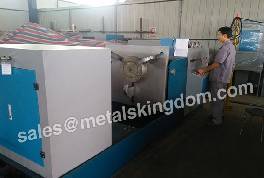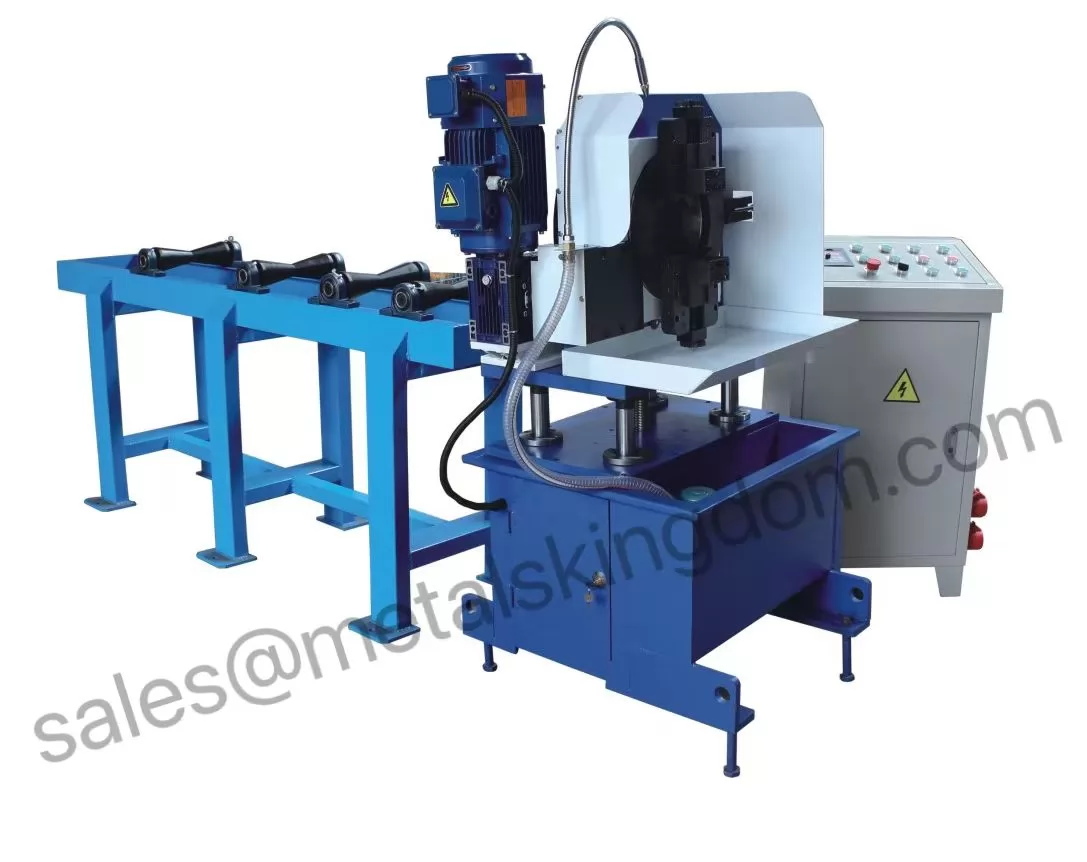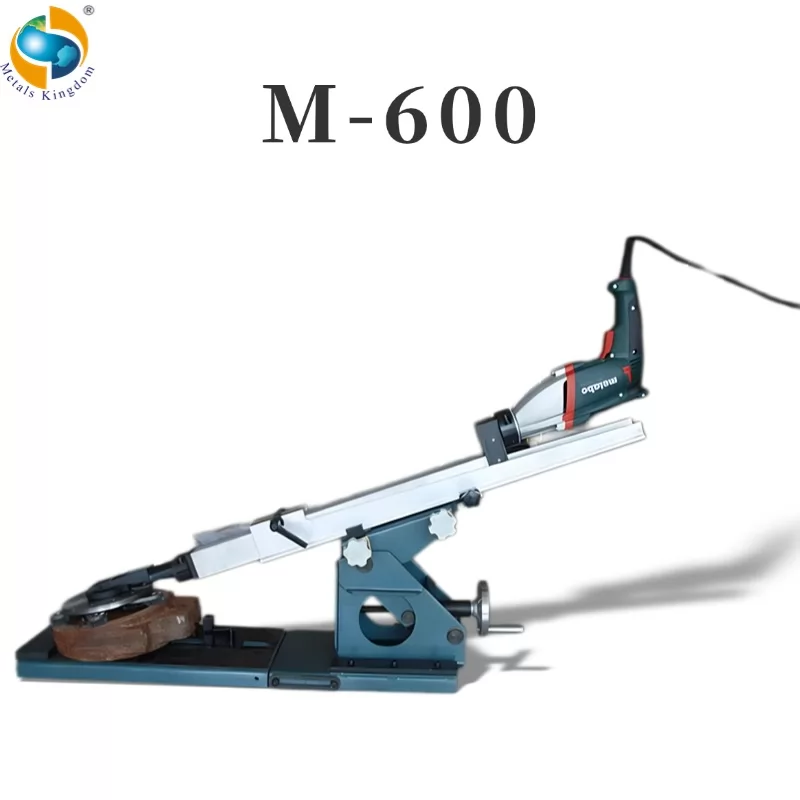
Valve test bench supplier to share this article for you.
Today, more than ever before, testing is exceptionally crucial in the valve industry. The boost in internationally sourced products as well as much-reduced residential manufacturing has caused everyone in the shutoff supply chain to demand as well as call for more screening.
In order to efficiently evaluate a valve, there first has to be a recognized screening treatment, incorporated with the approval standards or efficiency requirements that the shutoff is expected to meet or exceed. When it concerns screening requirements, however, one size does not fit all. There are different standards for commercial shutoffs, pipeline shutoffs, control valves, and pressure-relief shutoffs.
Valve Covering Examination
No alt-text attended to this image3-Piece Trunnion Placed Ball Shutoff while screening
Shell Examination or Body test is done after successful completion of valve individual elements e.g. seat, disc, body, stem, and so on evaluation, and setting up. The test is conducted by a shutoff maker or a repair service provider as well as based upon the requirements of API STD 598 or other appropriate standards (Valve Assessment as well as Testing).
The shutoff shall be partially open and have the ability to hold pressure for a specific time. The stress will not be less than 1.5 times of maximum working pressure. No leak is permitted. Leak checkpoints are body, hood, stem, plugs/fittings, and also flange connections.
Shutoff Seat Leak Examination
The Seat Leak (Closure Test) is done after the effective conclusion of the valve covering examination (Body Test). One side (valve inlet or electrical outlet) shall go through the hydrostatic stress and also the amount of leak will be measured on the contrary side of the shutoff.
It implies if you are pressurizing shutoff inlet, then you have to determine the quantity of leak in the electrical outlet. The limited quantity of leakage is acceptable. Likewise, you have to test and also check both sides. Though shutoffs have just one seat or various other might have 4 seats as per their particular types. Examination stress is figured out according to ASME B16.34.
Valve Rear Examination
The Valve Rear Examination is performed in the valve with a rear seat function. This is an attribute that enables shutoff packaging to be replaced while it is in the solution. In this test, the shutoff will be completely opened up, and also packing gland will hang or not installed. No leakage is acceptable in the rear seat examination. Remember that the test pressure for the backseat is like the various other seat examination of the shutoff.
Pressure Safety Valve Examining
The stress safety valve is a direct, spring-loaded pressure-relief shutoff that is opened by the fixed stress upstream of the valve and also is defined by a rapid opening or pop activity.
When the static inlet pressure reaches the set stress, it will boost the stress upstream of the disk and get rid of the spring force on the disk. The fluid will then enter the huddling chamber, supplying extra opening pressure. This will cause the disk to raise and provide a full opening at very little overpressure. The closing pressure will be less than the set pressure as well as will certainly be gotten to after the blowdown phase is finished.
No alt message provided for this picture
Cold Differential Test Pressure (CDTP) Test: In this examination, the Safety valve is placed on a test gear. Change Nozzle ring (raising) to -2 notch setting (Gas trim Shutoff). The driver applies the pressure (As per shutoff requirements and information sheet) at the inlet of the shutoff. A security safety valve stands out or launches stress when it gets to the wanted collection pressure. POP Test (to be repeated a minimum of 3 times to identify consistency). Reseating stress will be noted and also taped. In the industry, for this kind of test, the standard which is extensively complied with is ASME Sec VIII Div.I. Examination passing demand and acceptance requirements are referred to as per the size of the shutoff.
Seat Test: In the seat examination, the operator elevates the stress up to 90% of the CDTP as well as observes the leak at the electrical outlet of the shutoff for a specific time period. Approval standards in bpm or meter cubic feet are explained in API-527 typical based on the size as well as a testing tool.
PSV Rear Seats Examination: Safety valve which has a balanced bellow to get rid of the back pressure which is brought on by different electrical outlet elements. For such shutoffs, it is necessary to verify bellow stability. To inspect the bellow you need to use approx. 1 to 2 bar pressure at the outlet of the shutoff and also observe leak from the vent which is positioned in the hood. No leakage is permitted.
Outside body or Covering Examination: In the shell test for a traditional safety valve you have to apply 100 PSIG/ 7 Bar at the outlet of the shutoff and then observe leakage at different linking factors such as body/bonnet joint, nozzle/body, nozzle ring modification lock as well as the stem opening on the top. However, for the body test of a balanced kind valve, the very same pressure is to be applied at both outlets as well as a bonnet air vent.
Third-Party Examination for Valve:
TPI part overviews you via all the necessary stages in the manufacturing of the shutoffs, from the assessment of accreditation of purchase resources to the last assessment, conservation, and packaging, to the dispatch to site.
It is especially suitable for the assessment of Entrance, World, Sphere, and also Examine valves. The adhering to points are resolved in this post:
Valve Material Examination
Valve Welding Assessment
Aesthetic as well as Dimensional Checking
Shutoff Low Stress Air Examination
Valve Hydrostatic Checking
Blog Post Hydrostatic Testing
Valve Final Inspection
Valve Call Plate Checking
Valve Paint and Finishing Checking
Shutoff Extra Parts, Loose Things and also Accessories regulate
Shutoff Packing, Marking and also Delivering Assessment
Shutoff screening techniques most definitely altering throughout the years and at the same time examination treatments have come to be shorter. To boost the performance of a plant, it is vital for everyone working in this area to make sure that the right strategies with enough knowledge and mandatory safe job procedures are being complied with.
The objective of this write-up is to lead Shutoff Technicians/operators for effective valve testing as well as evaluation as well as additionally to make them familiar with the requirements used to observe the valve test bench.












